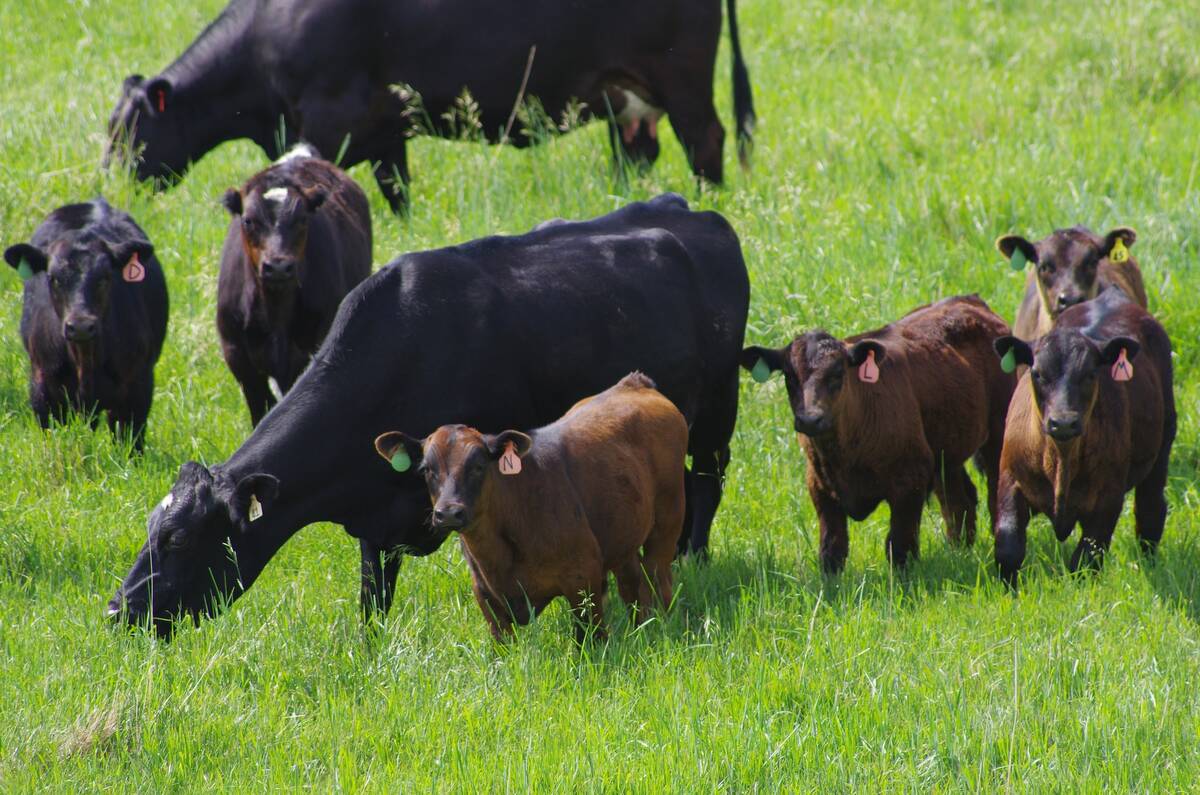The Canadian Grain Commission has taken steps to try to keep unwanted varieties of grains and oilseeds out of the grain handling system.
For the first time, the commission has released a list of all the varieties that are eligible for the various classes of wheat, such as red spring, amber durum and prairie spring, as well as malting barley and flaxseed.
It says the purpose of the list is to help producers and grain handlers ensure that grain shipments do not contain unapproved varieties that could undermine the quality of a shipment.
Read Also

Manitoba extends Crown land rent freeze
Manitoba government links the continued rental rate freeze on grazing and forage leases to economic and environmental challenges facing the industry
Varieties not on the list can be delivered to a grain elevator, but they will be assigned the lowest grade for that type of grain.
The list is not officially designed to be the basis for an affidavit or declaration system, but a commission official acknowledged a grain buyer could use it that way.
“Someone may be able to use it for that purpose, but that’s not the intent at this point in time,” said Norm Woodbeck, manager of quality assurance standards for the CGC.
Last year the commission proposed a system of variety eligibility declarations, or VED, under which anyone moving grain through the handling and transportation system, from farmer to trucker to grain company to terminal operator, would have to submit an affidavit attesting to the variety of grain involved.
As part of that proposal, the commission would have created a list of eligible varieties similar to what was released last week, and that list would have been the basis for the declarations.
However Woodbeck said the decision to create the list is not related to the VED proposal, which was abandoned by the commission after a cost-benefit analysis.
Rather, it was prompted mainly by the need for a much-needed updating of the rules governing approved varieties.
“This is a clarification of the regulations to bring them up to speed with the times,” he said.
“With the way our regulations were written, there could be varieties come into the system that were actually substandard.”
For example, the previous regulations stated that new varieties of durum had to be equal to or superior to the variety Hercules.That variety was released in 1969 and clearly should not be used as the standard by which to judge new varieties coming on-stream, said Woodbeck.
“If a variety like that came forward now for registration it wouldn’t pass because it doesn’t meet the quality guidelines now for amber durum,” he said, adding that varieties tend to stay registered for a long time, even if they’re no longer used to any great degree by farmers.
The regulations list 41 eligible varieties of Canada Western red spring, 13 varieties of CW amber durum, 12 of CW hard red winter, seven CPS red, three CPS white, nine CW extra strong, six CW soft white spring and two CW hard white.
There are 22 approved varieties of flaxseed and five of solin, a low linolenic specialty flaxseed.
A list of approved malting barley varieties is being developed in consultation with malting companies.
The lists will be updated on a regular basis and outdated varieties will be removed.
No such lists have been compiled for other crops, such as canola, rye, peas and beans because every variety registered with the Canadian Food Inspection Agency will qualify for the top grades.
The CFIA’s official list of registered varieties identifies wheat only as spring or winter, with no reference to colour or class.
The list of approved varieties can be viewed on the commission’s website at www.grainscanada.gc.ca.














